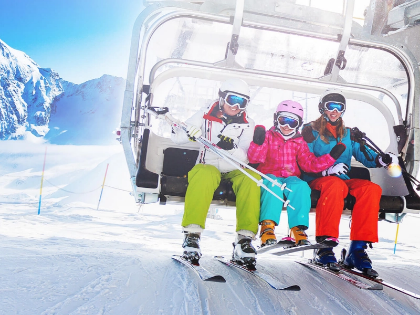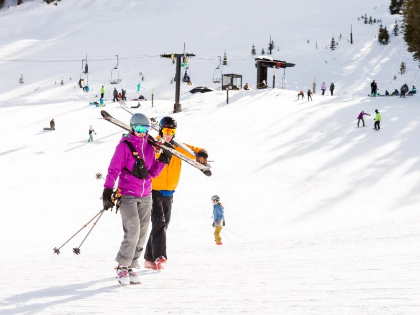Learning the Snowplough: Fundamental Ski Skills for Novices
Acquiring the ability to do the snowplough position is the first step towards becoming a skier. Before practicing on a slope, this is a manoeuvre that should be practiced on level terrain to help you become accustomed to the sensation of skiing. It is important for novices to be aware of their own limitations and avoid taking on challenges that are too difficult for them. They might put themselves and other people on the mountain in danger if they do this.
Advancing
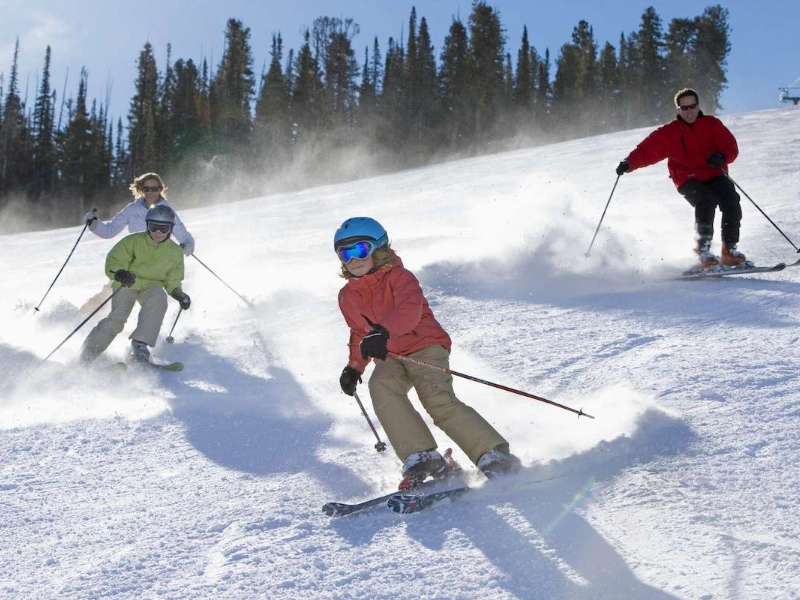
Soaring
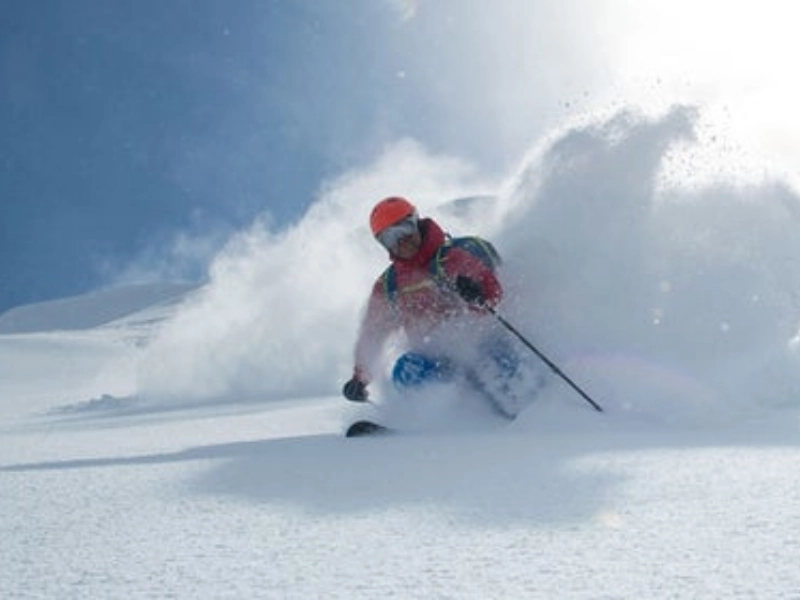 Learning to glide is crucial for novices since it enables them to decelerate without exerting excessive power. Additionally, it helps children practice the fundamental skiing stance known as the plough and improves their sense of balance when using skis on snow.
It's crucial to keep in mind that learning how to glide and balance on skis takes patience and practice. On the slopes, try not to let fear and frustration consume you. You will probably have some hiccups and possibly trip and fall at least once.
The greatest defence against these glitches is to schedule some coaching or instruction with a ski instructor. They will impart to you all the knowledge and abilities needed to advance safely down a slope. All of the technical terms, such as "the fall line" and "the outside ski," will also be explained. By knowing this, you may stop blaming your skis for not performing the way you had hoped and instead learn why they are behaving the way they are.
Learning to glide is crucial for novices since it enables them to decelerate without exerting excessive power. Additionally, it helps children practice the fundamental skiing stance known as the plough and improves their sense of balance when using skis on snow.
It's crucial to keep in mind that learning how to glide and balance on skis takes patience and practice. On the slopes, try not to let fear and frustration consume you. You will probably have some hiccups and possibly trip and fall at least once.
The greatest defence against these glitches is to schedule some coaching or instruction with a ski instructor. They will impart to you all the knowledge and abilities needed to advance safely down a slope. All of the technical terms, such as "the fall line" and "the outside ski," will also be explained. By knowing this, you may stop blaming your skis for not performing the way you had hoped and instead learn why they are behaving the way they are.
Duck Pacing
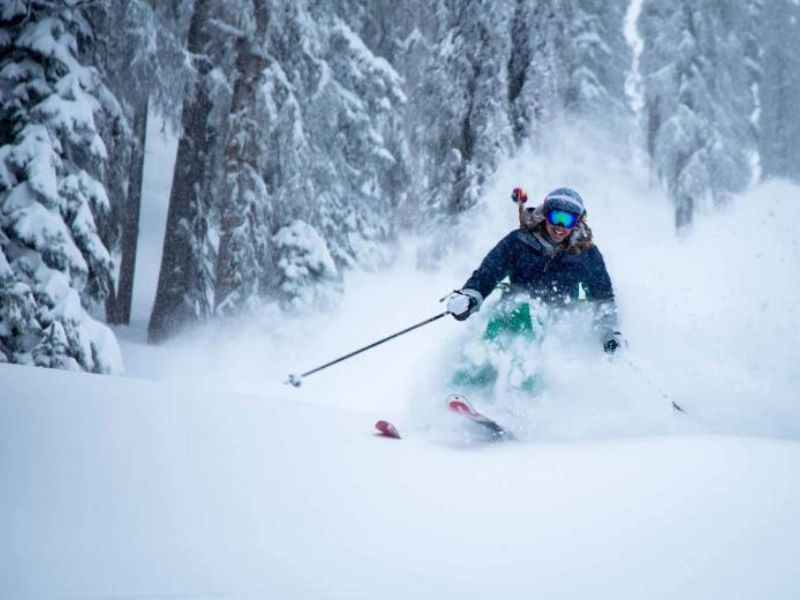 On a ski run, duck walking, often called the pizza posture, is a crucial manoeuvre to master in order to control your speed and stop. It entails using your feet to form a pizza slice shape by pointing the tips of your skis towards each other and pushing them outward. You can feel safer and more assured on the snow as a result.
Duck walking can be done on level ground to help you become accustomed to your equipment and enhances balance and leg strength. It's also critical to maintain a constant ten-foot forward gaze. By doing this, you'll be able to get ready for rocky conditions and steer clear of objects like trees and other skiers.
For beginners, learning to ski might be intimidating, but with the right methods and focused practice, you can quickly progress from bunny slopes to blue runs. Just keep in mind to enjoy yourself and be patient!
On a ski run, duck walking, often called the pizza posture, is a crucial manoeuvre to master in order to control your speed and stop. It entails using your feet to form a pizza slice shape by pointing the tips of your skis towards each other and pushing them outward. You can feel safer and more assured on the snow as a result.
Duck walking can be done on level ground to help you become accustomed to your equipment and enhances balance and leg strength. It's also critical to maintain a constant ten-foot forward gaze. By doing this, you'll be able to get ready for rocky conditions and steer clear of objects like trees and other skiers.
For beginners, learning to ski might be intimidating, but with the right methods and focused practice, you can quickly progress from bunny slopes to blue runs. Just keep in mind to enjoy yourself and be patient!
Stepping Sideways
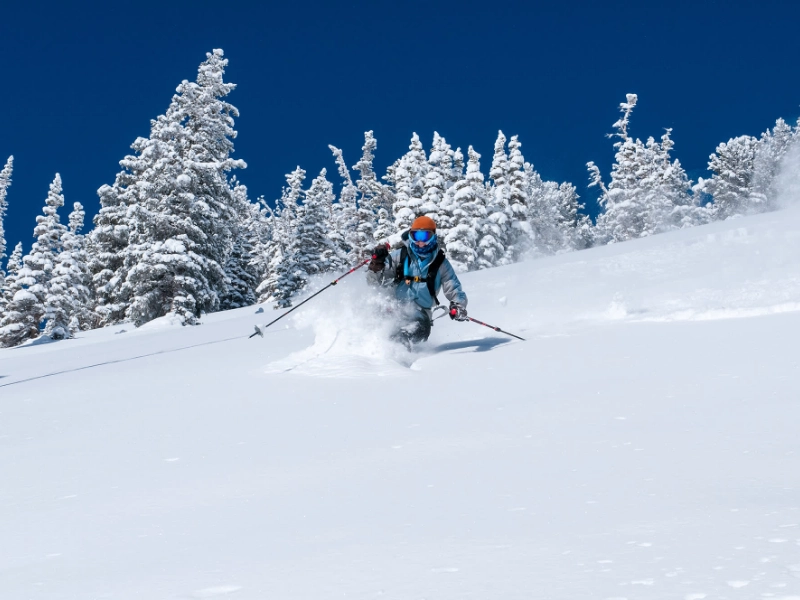 Side-stepping is a useful ability to have, whether you're going downhill, on the magic carpet, or in a little drag lift. It is a method of navigating up a slope that avoids the usage of the herringbone technique, which is not advised in steep areas.
To practice, sidestep up a rough or mogul-filled hill. Pay close attention to how you effortlessly and correctly shift your weight from foot to foot and halt by rolling your edges into the snow.
Try experimenting with a herringbone when you're more confident. To accomplish this, raise your second ski so that it is parallel to and perpendicular to your first ski. Then, while setting the edge of that ski in the snow, take a tiny step downhill. This will produce the herringbone-associated V-shaped pattern. Once again, moderate to steep slopes are the ideal use case for this.
Side-stepping is a useful ability to have, whether you're going downhill, on the magic carpet, or in a little drag lift. It is a method of navigating up a slope that avoids the usage of the herringbone technique, which is not advised in steep areas.
To practice, sidestep up a rough or mogul-filled hill. Pay close attention to how you effortlessly and correctly shift your weight from foot to foot and halt by rolling your edges into the snow.
Try experimenting with a herringbone when you're more confident. To accomplish this, raise your second ski so that it is parallel to and perpendicular to your first ski. Then, while setting the edge of that ski in the snow, take a tiny step downhill. This will produce the herringbone-associated V-shaped pattern. Once again, moderate to steep slopes are the ideal use case for this.

